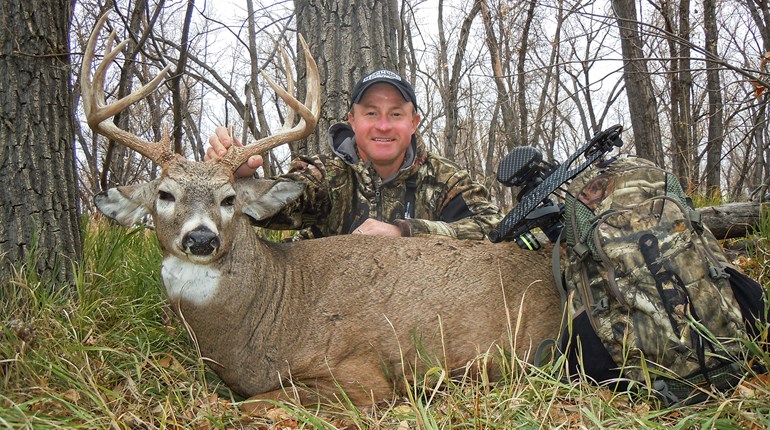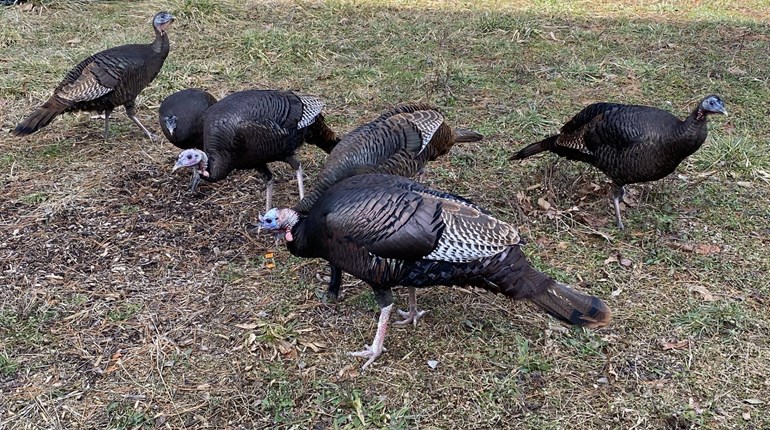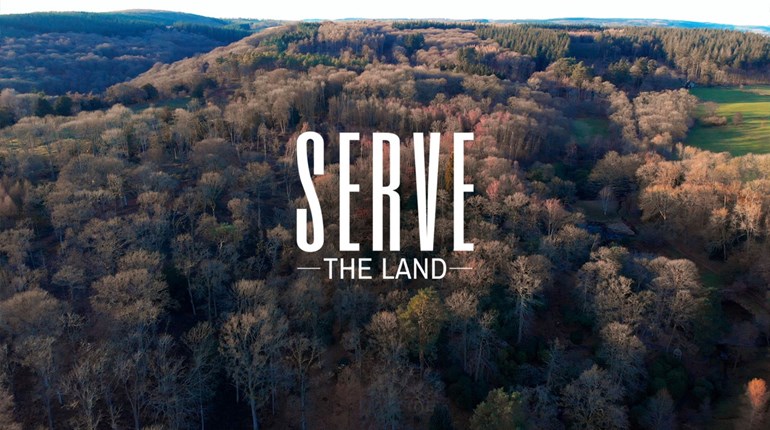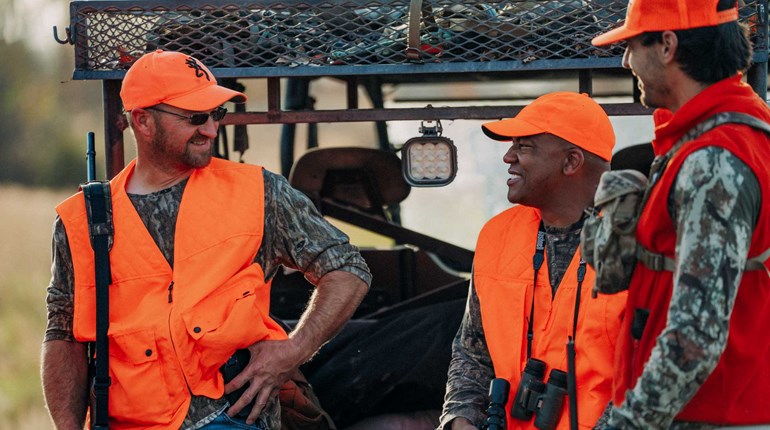
If wildlife-agency biologists know a better, faster, more efficient way to reduce overpopulated deer herds than “earn-a-buck” (EAB) regulations, they’re keeping it to themselves.
Likewise, if wildlife agencies know a faster, surer way to enrage certain deer hunters than EAB, they’re keeping that secret, too.
The fact is no herd-reduction tool is more effective—and divisive—than EAB, which requires hunters to shoot a doe or fawn before “earning” their chance to shoot an antlered buck. Many EAB rules focus on suburbs with large populations of deer and people, or larger rural regions dealing with extensive crop damage and/or chronic wasting disease. EAB is seldom, if ever, applied statewide.
Many states try “softer” alternatives—longer seasons, extra antlerless seasons, antler-point restrictions and pocketfuls of free antlerless tags—but the results never rival EAB. When asked how other methods rank, Kip Adams, conservation director for the National Deer Association, said: “Earn-a-buck is alone in first place. If there’s a second place, it’s a far-distant second.”
Adams isn’t exaggerating. A 2010 study led by Tim Van Deelen, a University of Wisconsin-Madison wildlife professor, found that EAB regulations boost antlerless kills an average of 5.28 deer per square mile. In contrast, four- and eight-day antlerless-only seasons boost kills only 2.85 and 3.42 deer per square mile on average, respectively. And when coupling EAB with extra antlerless seasons, those seasons’ kill increases 56 percent and 88 percent, respectively.
No Viable Alternatives?
Possibly the only system that could challenge EAB’s effectiveness is antlerless-only hunting throughout autumn’s archery, muzzleloader and general-firearm deer seasons. But few, if any, wildlife agencies have tested this “nuclear option” and survived the shock wave.
In fact, when Wisconsin’s Natural Resources Board tried imposing antlerless-only hunting for all 1996 deer seasons, hunters and hunting lawmakers opposed it so viciously that Assemblyman John Gard invented the EAB alternative. Wisconsin hunters accepted EAB initially, but fought it so fiercely in subsequent years that the DNR quit using it after 2008. Wisconsin lawmakers then abolished EAB for good in 2011.
The previous year, Wisconsin was one of only eight states (along with Connecticut, Georgia, Illinois, Maryland, Nebraska, New Jersey and Virginia) and three Canadian provinces (Quebec, Saskatchewan and Newfoundland) with the EAB option, according to NDA surveys. In 2021, however, no provinces and only seven states still had EAB options, and only four of those (Connecticut, Nebraska, New Jersey and Virginia) were holdovers from 2010. The 2021 newcomers were Indiana, Tennessee and West Virginia.
Possibly the only system that could challenge EAB’s effectiveness is antlerless-only hunting throughout autumn’s archery, muzzleloader and general-firearm deer seasons.
How can a system so effective be so widely hated? Hunters’ main fear is that if they see a huge buck before earning a buck tag, they must pass up a possible once-in-a-lifetime shot. Other hunters just don’t want “the government” telling them what to do, even if the system consistently produces older bucks with bigger antlers.
“One sure way to grow big antlers is to increase nutrition by improving their food base, and shooting more does makes that happen,” said Keith Warnke, a retired wildlife biologist who oversaw Wisconsin’s deer program in the 2000s. “When it’s a hunter’s choice to make, they’ll shoot the doe first to ensure there’s ‘fewer mouths in the pasture.’ But when an agency makes the same people shoot a doe first, they get mad; even hostile.”
The Virginia System
To avoid that backlash, Virginia modified its EAB rules. Its hunters don’t have to shoot an antlerless deer first. But before shooting a second buck, which is allowed statewide, they must first shoot an antlerless deer. And if they hunt east of the Blue Ridge Mountains in areas with a three-buck limit, they must first shoot a second antlerless deer before killing a third buck.
“We knew we couldn’t send deer hunters out to hunt deer, and then tell them they can’t shoot a buck that comes by,” said Matt Knox, deer project leader for Virginia’s Department of Wildlife Resources. “With our system, the worst thing hunters can do is shoot a forkhorn first. They’d paint themselves into a corner. Then they must pass up a big buck if it comes by. It still makes sense to shoot an antlerless deer first. That gives you options for the next deer.”
Is this EAB version working in Virginia? Yes and maybe. “It usually boosts our doe kill about 8 percent, so we’re gaining ground in some areas, but staying stable in other areas,” Knox said. “Before, though, we just kept losing ground, no matter how many ‘doe days’ we held, or how many antlerless tags we gave out.”
Warnke said the biggest obstacle to reducing herd size is getting successful hunters to shoot more than one deer each year. EAB forces the issue, which Wisconsin data prove. When Wisconsin imposed EAB for roughly half the state from 2006 to 2008, successful hunters shot an average of 1.55 deer each statewide. In the years since without EAB (2009 through 2021), successful hunters shot an average of 1.38 deer each statewide; or 11 percent fewer deer. That might sound insignificant, but it would add about 35,000 kills in a state averaging 318,550 kills the past five seasons.
Likewise, during the 2006-2008 EAB years, the percentage of successful Wisconsin hunters shooting one deer was 64 percent; two deer, 24 percent; and three deer, 7.5 percent. But since 2009, those percentages slipped. Successful hunters who shot only one deer rose to 73 percent, while those shooting two deer fell to 20 percent and three deer to 5 percent.
Conclusion
Adams thinks states could convince hunters to shoot more than one deer by explaining how it benefits the herd. Even then, more hunters need convenient places to donate or share their deer.
“We could use a big national boost to help with that,” Adams said. “Some states do a better job communicating nutritional, disease and habitat needs to hunters. Other states could learn a lot from following their examples.”




































